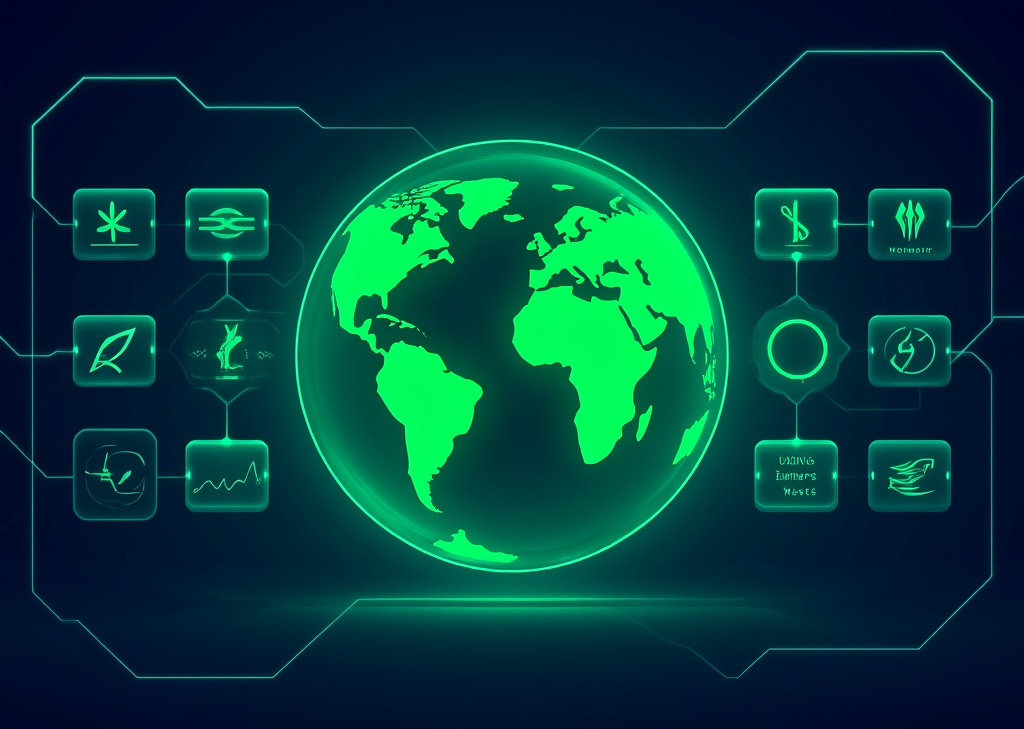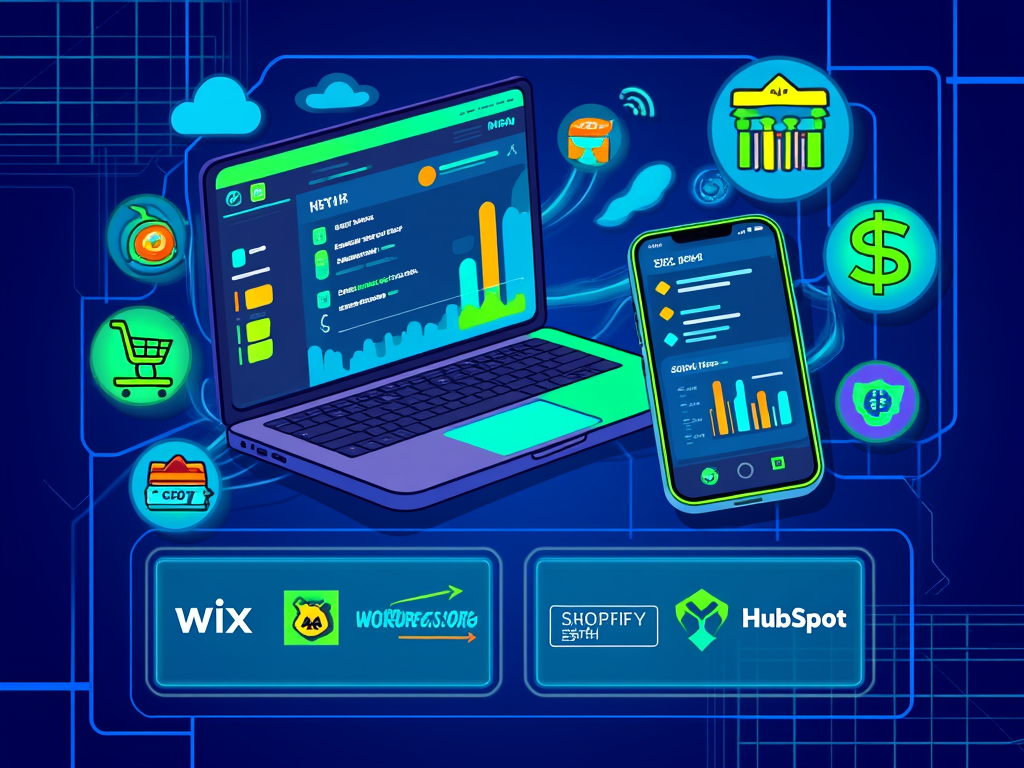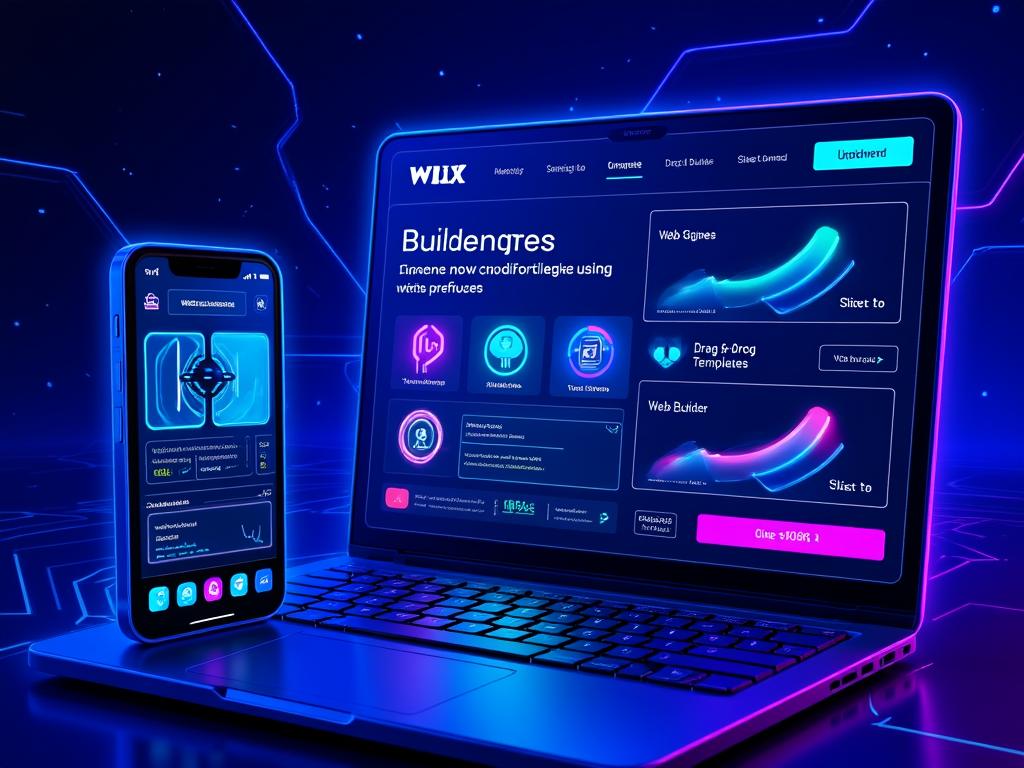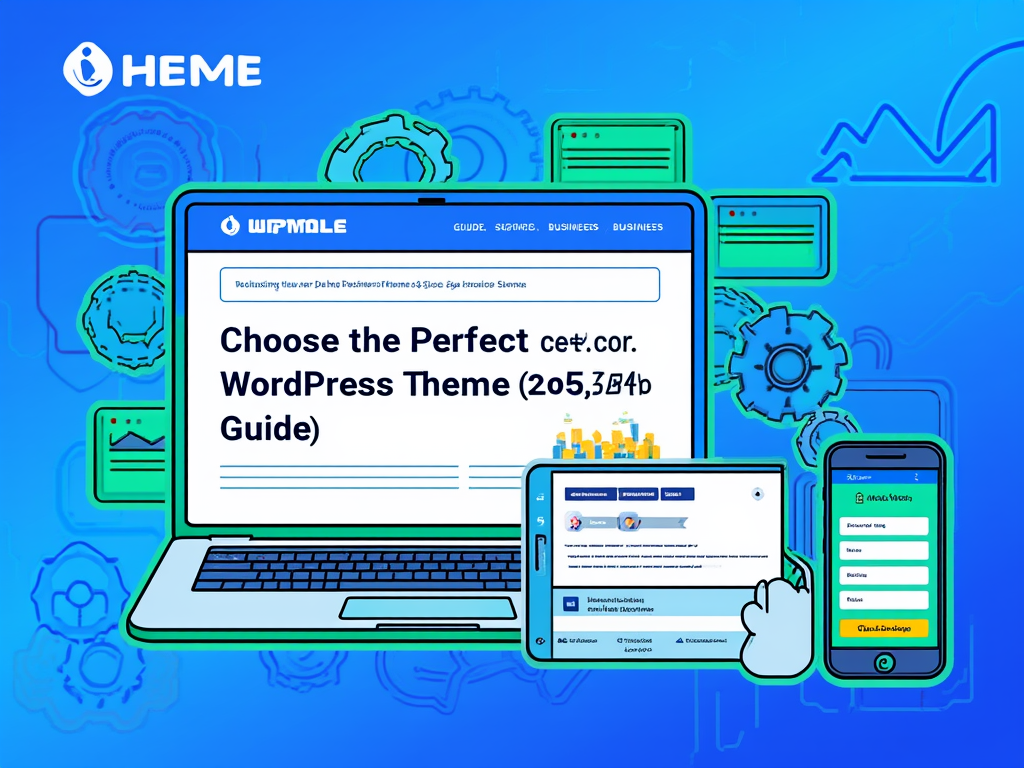Sustainable web design practices for eco-friendly websites
Meta description: Learn essential sustainable web design practices to build eco-friendly websites that reduce carbon footprint, optimize performance, and enhance user experience.
Introduction
Navigating through the vast expanse of the internet, have you ever wondered about the energy consumed by the device resting in your hands? The data transferred through invisible airwaves? Each click, each scroll – they accumulate and form a significant carbon footprint. In a world increasingly conscious of sustainability, the need for sustainable web design practices is more pressing than ever. This is not merely about aesthetics; it's a movement toward reducing energy consumption while enhancing the user experience. Imagine crafting a website that is not only visually appealing but also treads lightly upon the Earth.
Key Principles of Sustainable Web Design
Sustainable web design revolves around creating websites that are energy-efficient, utilize clean coding techniques, and prioritize green hosting. The journey begins with understanding some fundamental principles:
Lightweight Pages
Think of a boat on a serene lake. The lighter it is, the easier it glides through the water. Bedrooms filled with unnecessary clutter? They don’t conjure joy. Similarly, reducing page weight can have immense benefits. Techniques like image compression – using formats such as WebP or AVIF – and minimizing CSS and JavaScript can streamline your site. Lazy loading images, where assets load only as they enter the viewport, is a game changer that can cut energy usage dramatically.
Efficient Code and Architecture
Picture a bustling city, with cars stuck in traffic due to poorly designed roads. That's how inefficient coding can hold back a website. By crafting clean, lean code, and eliminating unused styles and scripts, you not only enhance speed but also reduce server workload. Consider static site generators for greater efficiency and lower power consumption.
Sustainable Hosting
Where you host your website matters. Opt for hosting providers powered by renewable energy – think of wind farms or solar power. Imagine your data swimming gracefully in a clean-energy ocean rather than sinking in a polluting sludge. Companies like GreenGeeks and A2 Hosting provide services that align with eco-friendly values. Adding a Content Delivery Network (CDN) to the mix allows your content to reach users from locations closest to them, reducing energy demands even further.
Minimalist, Purpose-Driven Design
Visualize a serene painting: each stroke deliberate, each color harmonizing without overindulgence. Minimalism speaks to the soul and the environment alike. By purposefully choosing fewer fonts and removing unnecessary multimedia elements, you ensure that your website not only looks beautiful but also operates sustainably. Avoid autoplay videos and excess animations. Your users will appreciate the clarity, and Mother Nature will thank you.
Accessibility and Inclusivity
How often do we consider that not all users access the web in the same way? Designing with a mobile-first mindset and leveraging semantic HTML can help create inclusive experiences for low-power devices. Think about the person struggling to access your site because of poor design. Designing for everyone doesn’t just improve usability; it aligns beautifully with eco-conscious goals.
Performance Optimization
Imagine your favorite bakery’s secret: the ingredients refined to perfection to enhance flavor and texture. Web design isn't much different. Using caching strategies, optimizing resource loading, and configuring media for peak performance can save energy considerably. Faster-loading pages mean less time spent on servers, translating into energy savings all around.
Examples / Statistics
To put things into perspective, consider that the average web page today weighs over 2 MB. Each byte consumed and transmitted contributes to carbon emissions. Trimming excessive page weight could make a tangible difference. Similarly, lazy-loading media creates an immediate benefit, particularly for content-heavy sites.
Practical Sustainable Web Design Tips
Now that the principles are established, let’s explore actionable steps to incorporate sustainable practices into your web design:
Optimize Images and Videos
Only keep those images that add genuine value. Compress them using tools like TinyPNG or WP Smush Pro. High-resolution photos? Think about the purpose! If it doesn't enhance the story, it doesn't belong. And when it comes to videos, consider optimized external platforms like Vimeo or YouTube rather than hosting heavy files yourself.
Content Management System (CMS) Clean-Up
Out with the old, in with the new. Regularly audit your CMS, weeding out unused plugins, scripts, and outdated media. Think of it as decluttering your digital space, resulting in energy-efficient storage and an agile user experience.
Streamline Navigation and UX
Take a moment to visualize a slippery slide versus a convoluted maze. An intuitive navigation experience can significantly reduce the time users spend searching for information, leading to lower energy consumption across site visits.
Choose Green Hosting Providers
Shifting to eco-friendly hosting is akin to relocating to a lovely green suburb from a concrete jungle. By embracing providers that commit to sustainable energy practices, you can vastly slash your website’s carbon footprint.
Implement Caching and CDN
Caching frequently accessed data while leveraging CDNs can dramatically minimize server requests and associated energy use. Imagine sending a parcel; wouldn’t you prefer it to be delivered from the neighborhood store rather than from across the country?
Measure and Optimize Continuously
Monitoring your site with tools like the Website Carbon Calculator or Google Lighthouse is crucial. Learn from what works and what doesn’t—an ongoing cycle of improvement that reveals endless possibilities awaits.
Localized Example
A local web design agency in Copenhagen regarded sustainability as their core value. By optimizing images and migrating to a hosting provider powered by Danish wind energy, they successfully reduced their website's carbon footprint by more than 50%. Moreover, this transformation yielded a faster page load time that clients loved, leading to improved engagement rates.
Innovative Ideas
-
Dynamic Content Adaptation: Consider adjusting website content based on users' device capabilities and connection speeds. This strategy minimizes resource load while maintaining a delightful user experience.
-
Sustainability-Focused UX Metrics: Innovate by developing user experience measurement criteria that encompass energy consumption and carbon footprints as part of user evaluations.
As we embark on this digital adventure, we must embrace innovation and thoughtful design choices in web development. The ripple effects of sustainable practices extend beyond your website – they echo into our shared future, paving the way for a greener planet. By understanding these principles and implementing practical tips, we can foster a more eco-conscious internet, where our digital footprints are as light as a feather.
FINDDOMAIN.GE (Internet services LLC) is a very interesting and rapidly developing IT company. The main directions are: web development, domain and web hosting. It also offers clients sub-services and outsourcing related to the main services.
BEST OFFERS:
Do you want to create your own company website or create your own online business on the Internet?
– WEB HOSTING
– DOMAIN REGISTRATION
– WEB DEVELOPMENT
– SITE BUILDER



Conclusion: The Impact of Sustainable Web Design
Shifting your perspective on web design involves recognizing the profound impact your choices can have on the environment. Make no mistake; each decision you make—from the layout to the coding practices—contributes to the larger fabric of our digital ecosystem. As a designer or developer, you possess the power to either add to or alleviate the burden our online habits place on the planet.
Embracing a New Digital Era
Incorporating sustainability into web design is not just about reducing energy consumption; it's about fostering a culture of responsibility and awareness. Each lightweight page, every optimized image, and the choice of a green hosting provider reflects a fundamental shift toward mindfulness. As users increasingly demand transparency, your commitment to eco-friendly practices will shine through not only in usability but also in ethical branding.
Building for the Future
Imagine a world where every website is conceived with sustainability in mind. What if your favorite platforms led by example, prioritizing the planet as much as user experience? This isn't merely a dream—it's a possibility within your reach.
Key Takeaways to Implement:
-
Analytics for Good: Harness analytics tools to go beyond site performance metrics. Integrate sustainability into your KPIs, focusing on energy usage alongside traditional business objectives.
-
Choose Responsibly: Encourage clients and stakeholders to consider eco-friendly solutions. When proposals include responsible practices, you're not merely designing websites; you're advocating for a movement.
-
Community Engagement: Share insights and strategies with fellow designers and developers. Create a ripple effect— your individual initiatives can inspire those around you to join this noble cause.
The Journey Forward
As your website evolves, pay attention to its sustainability metrics. Regularly revisit the strategies outlined and rise to new challenges as technologies evolve. After all, a commitment to sustainability means continuous learning and adaptation.
Together, we can transform the internet into a landscape that nourishes rather than depletes its resources. Sustainability doesn't have to be an afterthought—instead, let it be the lens through which every design decision is made.
In closing, let the world see that your website isn’t just a collection of pixels; it is a beacon of hope for eco-friendliness and a symbol of a better tomorrow. As designers, developers, and users alike, it’s time to embrace an eco-conscious mindset and make sustainability an integral part of our digital narrative.
Relevant Videos
For deeper insights into sustainable web design, check out these informative videos:
- Sustainable Web Design: Reducing Your Carbon Footprint
- How To Make Your Website Eco-Friendly
- The Impact of Web Hosting on Carbon Emissions
References
- Website carbon calculator
- Google Lighthouse
- WebPageTest
- TinyPNG
- WP Smush Pro
- GreenGeeks
- A2 Hosting
- Kinsta
- Envato Tuts+ on Sustainable Web Design
As we move forward into this new chapter, let’s commit to designing a better web that enriches our lives while safeguarding our planet. Your choices today shape the legacy we leave for tomorrow.
FINDDOMAIN.GE (Internet services LLC) is a very interesting and rapidly developing IT company. The main directions are: web development, domain and web hosting. It also offers clients sub-services and outsourcing related to the main services.
BEST OFFERS:
Do you want to create your own company website or create your own online business on the Internet?
– WEB HOSTING
– DOMAIN REGISTRATION
– WEB DEVELOPMENT
– SITE BUILDER








Leave feedback about this